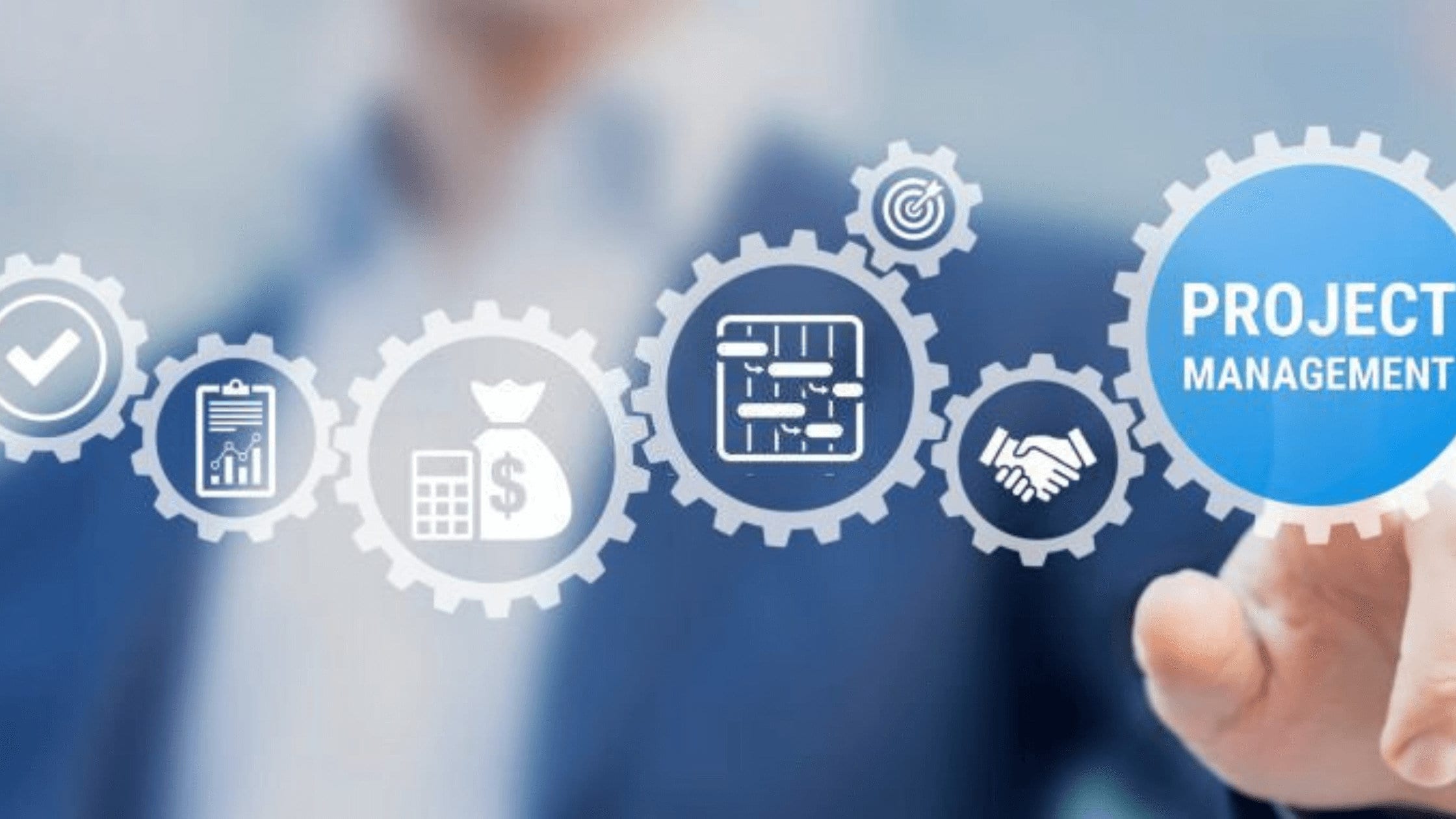
How to Use Monitor and Control Project Work Process in Project Management

When it comes to project management, the monitor and control project work process plays a crucial role in ensuring project success. This process involves overseeing and managing the execution of project activities, tracking progress, and making necessary adjustments to keep the project on track. In this article, we will explore the importance of the monitor and control project work process and provide practical tips on how to use it effectively.
What Is The Desired Outcome?
The goal of this process is to have change requests submitted and documented properly. If there is an issue in the project, this will be identified by comparing the current state of the project to the original project scope. If there is a difference, there’s a problem that must be corrected.
For example, if there is a shipment delay, you will need to extend each stage of the project and push out the project deadline. Preventative action must always be taken in order to produce expected outputs for the client. Change requests must be documented and revised in alignment with the change management plan.
It is important to understand how change requests are evaluated. Just because a change request is small does not mean it doesn’t have a big impact on the final outcome. During the control change process, it is important to analyze the impacts this request will have on the project and weigh the pros and cons of implementation.
What Does This Process Involve?
During this process, you must keep track of all performance measures. In order to see if the project is progressing as originally planned, constant check-ins are critical. For example, reviewing the budget throughout the project will ensure that you do not go over the allowed spend.
These measurements cannot be used as inputs in the change management control process. If your project is at risk of not being completed on time, changes are requested, and fixes are implemented.
What Is a Work Authorization System?
Using work authorization systems can be extremely helpful for your organization. These systems can be used throughout the process as they are meant to help project managers assign tasks to team members. If there are variances from the start to the end of the project, the authorization system will update and track the status. The system will also detect if there is a variance that needs to be monitored or a change request that needs to be submitted.
Monitor and control project work:
- Involves monitoring performance measures
Work authorization system:
- Authorizes the start of work packages or activities
Change requests:
- There will always be change requests in projects
Changes are always expected in each and every project that you plan. It is very common for the results of a project to vary a bit from the original plan. This is why it is important to align the future of the project with reasonable results. Make sure that your stakeholders and team know that it is common for change requests to be submitted.
Assure all of your stakeholders and team members that performance will be measured throughout the process. If you are unable to do so, you run the risk of being blinded by how the project is really going. This can be a big risk to your reputation as a project manager, as well as the overall outcome of the project.
We hope this article helped you better understand how to monitor and control project work throughout the project completion cycle.
Understanding the Monitor and Control Project Work Process
The monitor and control project work process is one of the five main processes in the project management life cycle, as defined by the Project Management Institute (PMI). It is part of the project execution phase and focuses on actively tracking and managing project activities to achieve the project objectives.
This process involves continuous monitoring of project activities, comparing the actual progress against the planned targets, and taking corrective actions as needed. It helps project managers identify any deviations, risks, or issues that may arise during project execution and enables them to address them promptly.
Key Steps in the Monitor and Control Project Work Process
1. Monitoring Progress: Regularly track and monitor the progress of project activities. This can include reviewing work completed, milestones achieved, and resources utilized.
2. Performance Measurement: Compare the actual performance against the planned targets. This involves analyzing metrics, such as schedule variance, cost variance, and earned value, to assess the project’s health and performance.
3. Identifying Deviations: Identify any deviations from the project plan or objectives. This can include delays, cost overruns, quality issues, or scope creep. Document and assess the impact of these deviations on the project.
4. Assessing Risks: Continuously evaluate project risks and their potential impact on project outcomes. Update the risk register and implement risk response strategies to mitigate or eliminate identified risks.
5. Implementing Corrective Actions: Based on the identified deviations and risks, develop and implement corrective actions to bring the project back on track. This can involve revising the project plan, reallocating resources, or adjusting the project schedule.
6. Communicating and Reporting: Regularly communicate project progress, deviations, and corrective actions to stakeholders. This ensures transparency and keeps all relevant parties informed about the project’s status.
Benefits of Using the Monitor and Control Project Work Process
The monitor and control project work process offers several benefits to project managers and the overall project:
- Early Issue Detection: By actively monitoring project activities, deviations and issues can be identified early, allowing for timely corrective actions.
- Improved Decision-Making: Accurate and up-to-date project information enables informed decision-making, ensuring that adjustments are made based on reliable data.
- Enhanced Project Visibility: The process provides transparency and visibility into project progress, risks, and performance, facilitating effective communication with stakeholders.
- Controlled Project Scope: Monitoring helps prevent scope creep and ensures that the project stays within defined boundaries.
- Optimized Resource Utilization: Monitoring resource usage helps identify inefficiencies and enables resource allocation adjustments for optimal utilization.
- Increased Project Success Rate: By actively managing and controlling project work, the chances of project success are significantly enhanced.
Best Practices for Using the Monitor and Control Project Work Process
Here are some best practices to make the most of the monitor and control project work process:
- Establish Clear Performance Metrics: Define and communicate key performance indicators (KPIs) to measure project progress and performance effectively.
- Regularly Review and Analyze Data: Continuously review project data and metrics to identify trends, patterns, and potential areas of improvement or concern.
- Implement Agile Monitoring Techniques: Agile methodologies, such as Scrum or Kanban, can provide real-time visibility into project progress and facilitate quick decision-making.
- Engage Stakeholders: Involve stakeholders in the monitoring process and seek their input and feedback to ensure alignment with project goals and expectations.
- Empower the Project Team: Provide the project team with the necessary tools, resources, and authority to monitor and control project work effectively.
- Adapt and Adjust: Be prepared to adapt and adjust the project plan and strategy based on the insights gained from the monitoring process.
Sign-up for a Brain Sensei Free Preview! Our free 7-day previews offer you a glimpse into the resources, teaching methods, and content you can expect from our full exam prep courses, exam simulators and PDU bundles. Fill out the form below and you’ll receive an email with your login details. You’ll get exclusive access to select modules, and get a tantalizing preview of the full content.
Conclusion
The monitor and control project work process is a vital component of project management that enables project managers to effectively track, manage, and adjust project activities. By continuously monitoring progress, identifying deviations, and implementing corrective actions, project success can be greatly enhanced. Applying best practices and utilizing modern monitoring techniques can further optimize the process and improve overall project outcomes.
Understanding the information in this article is an essential part of project management and a vital part of the PMP exam. Improve your project management skills or prepare for the PMP Certification exam by taking a quality online PMP exam prep course.


